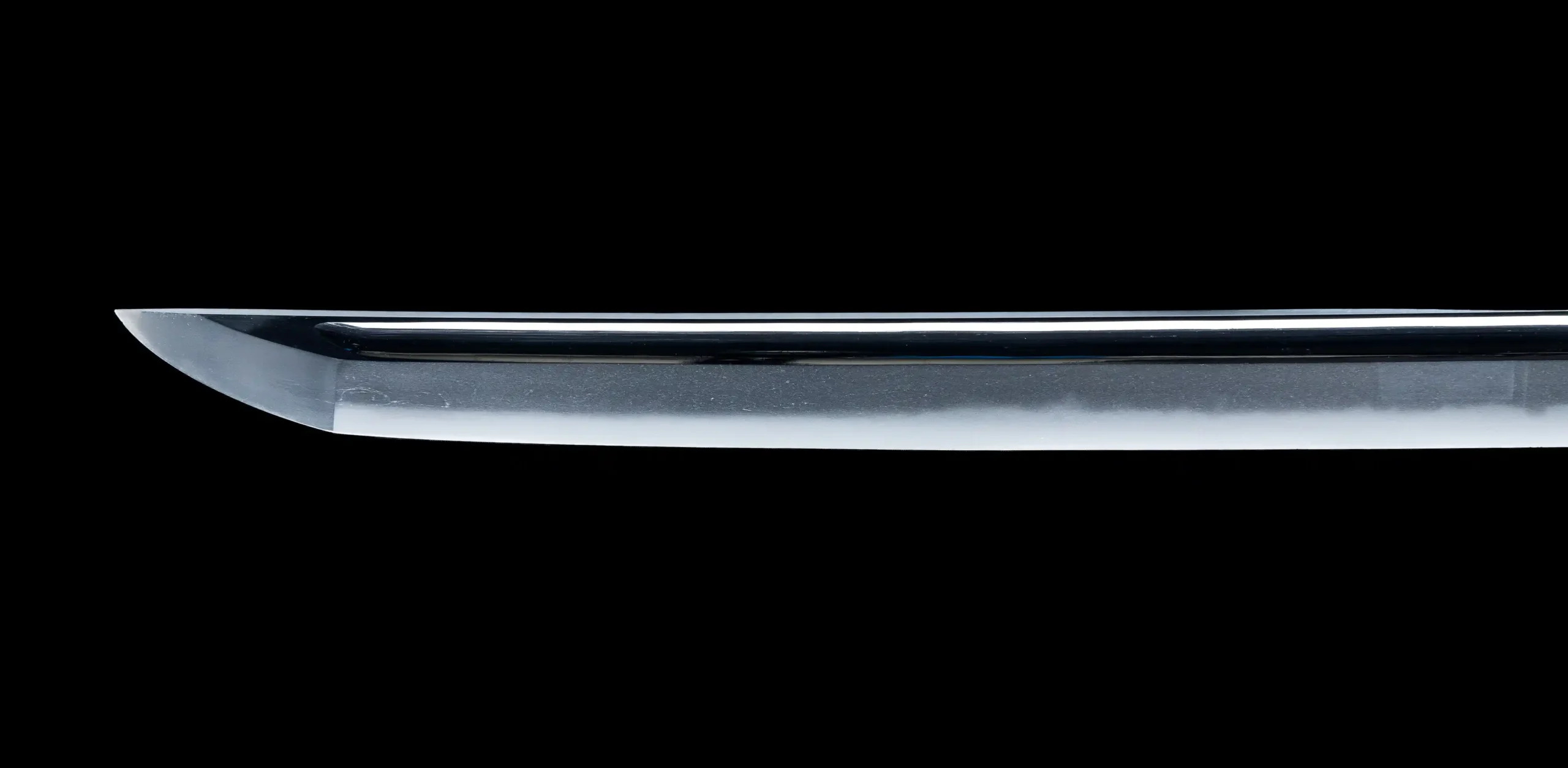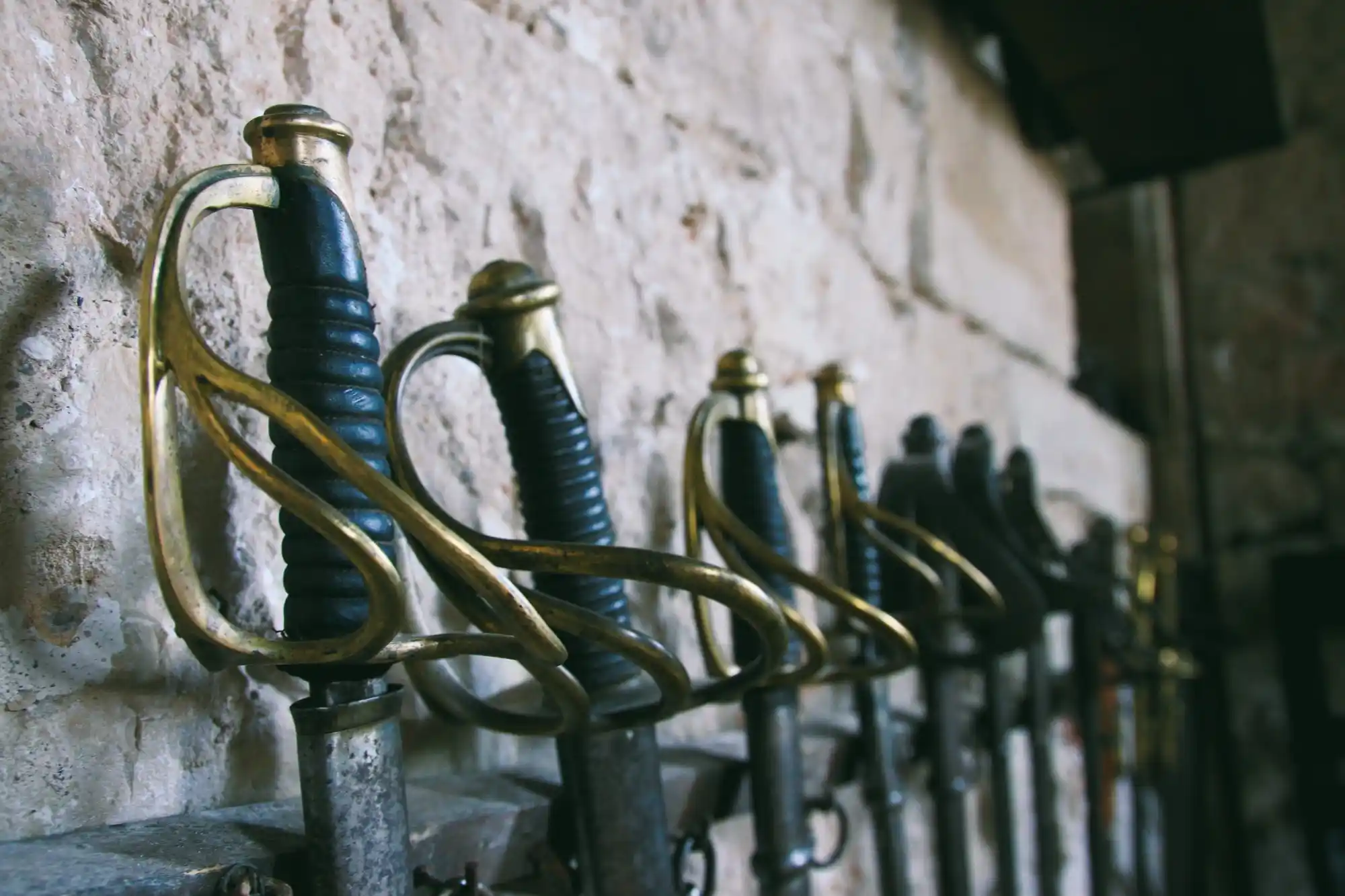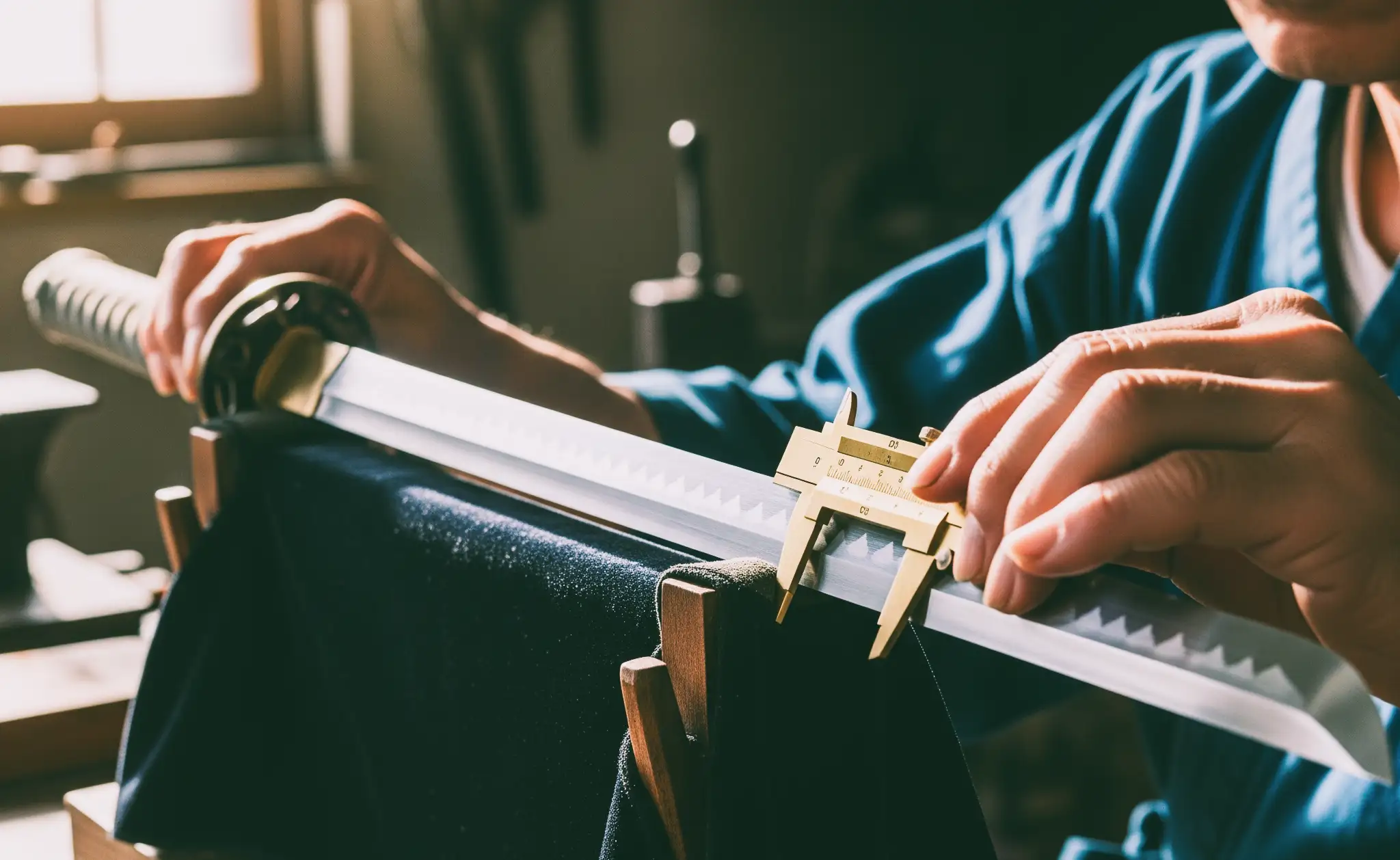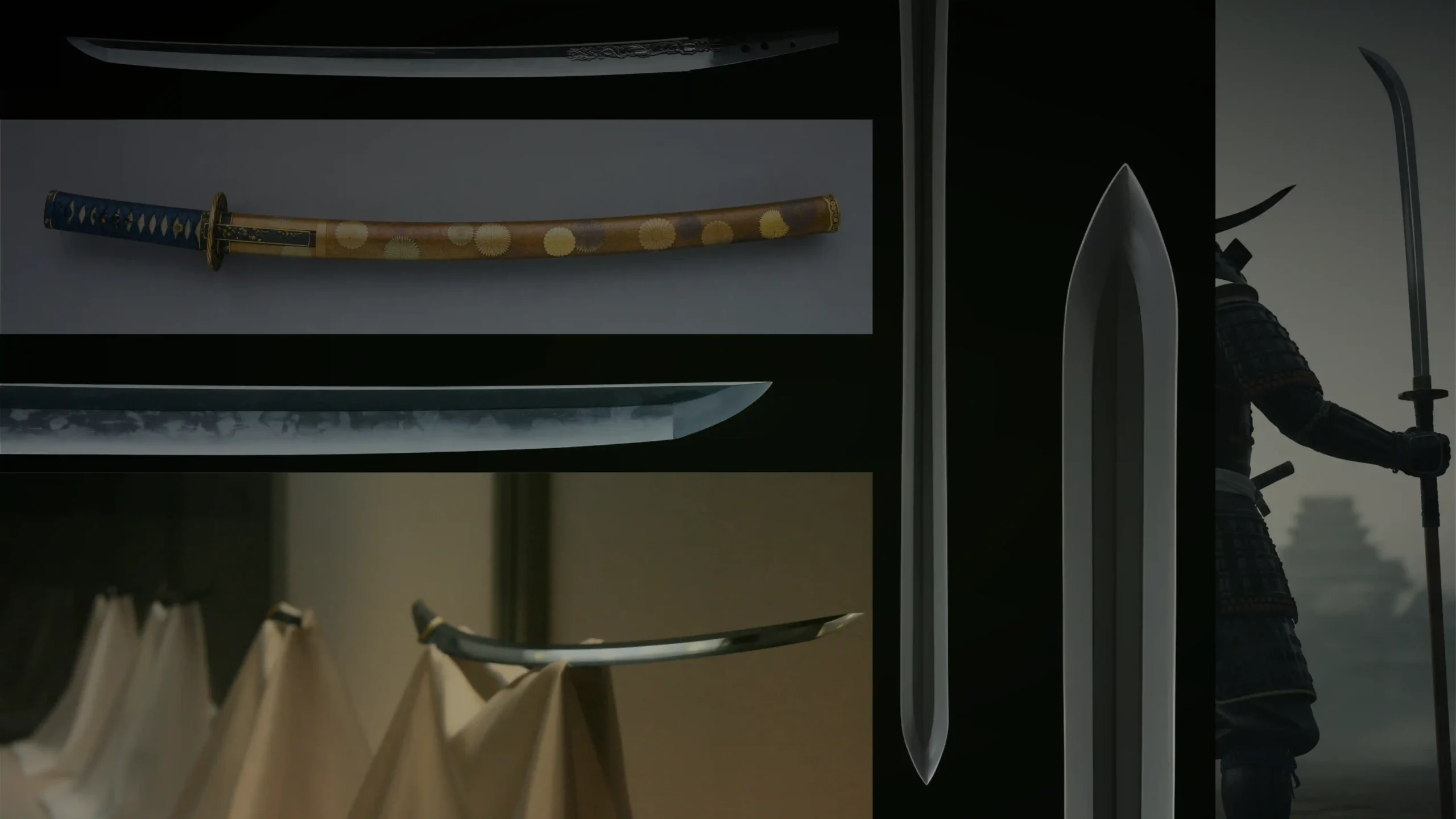We may earn revenue from the products available on this page and participate in affiliate programs. Learn more >
When it comes to the grand arsenal of historical bladed weaponry, two contenders often spark heated debates among enthusiasts: the versatile Bastard sword and the mighty Claymore. Both are iconic, steeped in history, and come with a set of features that make each a favorite for different reasons.
| Feature | Bastard Sword | Claymore |
|---|---|---|
| Origin | Europe | Scotland |
| Blade Length | 30 to 40 inches | Over 31 inches |
| Weight | Around 1.3 to 1.8 kg | Approximately 800 to 1.7 kg |
| Hilt Type | Simple or cruciform hilt | Basket hilt |
| Blade Type | Double-edged | Broad, double-edged |
| Popularity | Widely used across various European regions | Symbolic in Scottish culture |
Physical Characteristics
.vs Claymore

The Bastard Sword, known for its size and heft, is typically longer and heavier than many one-handed swords, allowing it to be used effectively with either one or two hands. On the other hand, the Basket-Hilted Claymore, distinctively recognized as the true Claymore, is a lighter and shorter one-handed weapon. Its most notable feature is the protective basket hilt, which guards the wielder’s hand with an intricately designed metal enclosure.
vs. Clamshell claymore
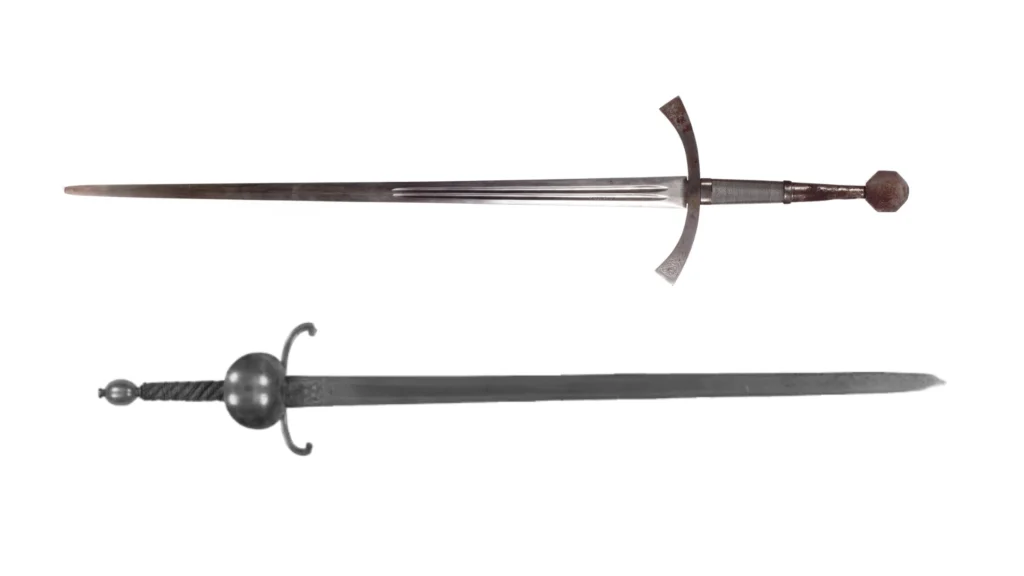
One notable aspect of these two swords is that the Clamshell Claymore, with its adaptable design for one or two-handed use and a hybrid guard, closely mirrors the functional versatility of the Bastard Sword. This similarity supports classifying the Clamshell as a variant within the same category, appealing to collectors who value multifunctional and historically significant weapons.
.vs Highlander
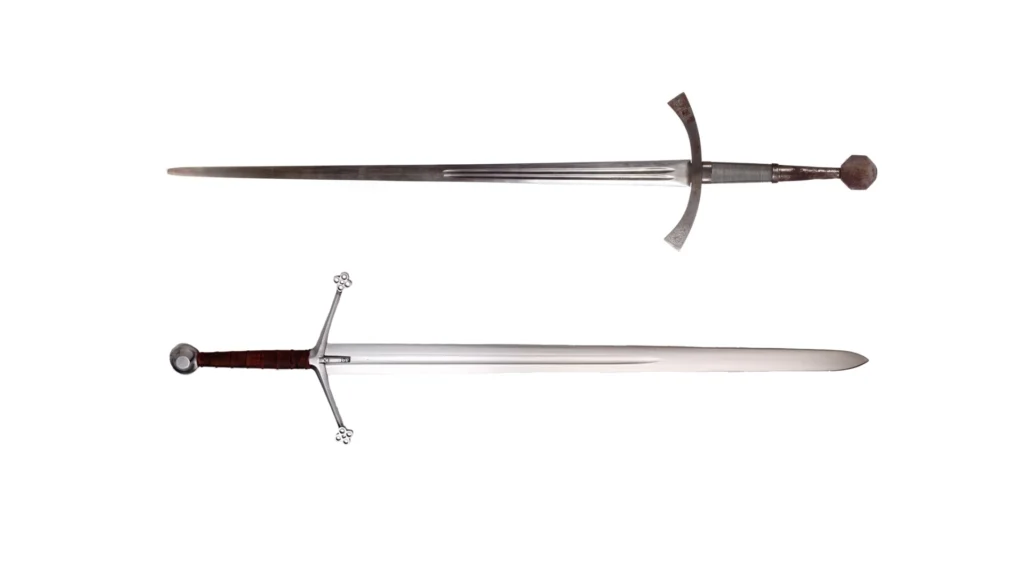
One fascinating aspect in the study of historical weaponry is the Highlander , the iconic sword often recognized simply as “the Claymore” in popular culture. This sword, with its large two-handed design and distinctive crossguard, embodies the traditional image of the Scottish greatsword. Interestingly, some variations of the Highlander also share features that qualify them as Bastard Swords, particularly in terms of versatility and the ability to be wielded effectively with one or two hands. This crossover highlights the fluidity within sword classifications and showcases the adaptability of these formidable weapons throughout history.
Material and Craftsmanship
High-quality carbon steel was the material of choice for the blades of both swords, ensuring their durability and sharpness. The Bastard Sword featured a hilt typically made from wood wrapped in leather or wire, providing a firm and comfortable grip. Meanwhile, the Claymore boasted a complex basket hilt, often forged from iron or steel, offering extensive hand protection while remaining both functional and aesthetically pleasing. These design elements highlight the craftsmanship, focusing on the optimal selection of materials and meticulous attention to the construction of each hilt.
Performance and Practical Use
Originating in the Middle Ages, the Bastard Sword became particularly prominent from the 13th through the 17th centuries. It was developed in response to the evolving use of armor, demanding a versatile weapon adept in both slashing and piercing. This sword was a favored choice during the protracted conflicts of the Hundred Years’ War, where its adaptability made it ideal for varied combat scenarios, from open fields to cramped melee skirmishes.
On the other hand, with roots in Scotland, the basket-hilted version of the Claymore rose to prominence between the late 16th and 18th centuries. This iteration of the iconic Scottish sword became a poignant symbol during the Jacobite risings, epitomizing the fierce struggle against English domination. Its distinctive basket hilt was a technological advancement designed to protect the wielder’s hand in the brutal close-quarter combats typical of the era.
Pros and Cons
When diving into the world of swords, especially when comparing the claymore (basket-hilted) and the bastard sword, there are distinct pros and cons to consider. Let’s start with the basket-hilted claymore, often just referred to as the claymore. This Scottish sword features a broad, double-edged blade paired with a distinctive basket hilt that offers excellent protection for the hands. Its design is great for defensive tactics, allowing for powerful, sweeping strikes. However, its size and weight can make it less nimble in close combat compared to lighter swords.
On the flip side, the bastard sword, known for its versatility, was designed to be used with one or two hands. This adaptability makes it a favorite for different fighting styles and situations. It’s lighter than the claymore, providing better control and faster response times, which is crucial in one-on-one duels. The drawback? Its hilt offers less protection compared to the full basket of the claymore, leaving the hands more vulnerable to injuries.
While the claymore’s fighting style might seem akin to that of a rapier due to its emphasis on thrusts and slashes, it’s actually quite different. The claymore is more about brute force and broad swings, contrasting sharply with the rapier’s focus on precision and agility. This makes the claymore better suited for dealing with multiple adversaries or breaking through heavier armor, whereas the rapier excels in single combat and less armored skirmishes.
Last words
In summary, each of these iconic weapons holds a significant place in the history of weaponry, appealing to enthusiasts and collectors for their distinctive characteristics. One shines with its adaptability and precision, perfect for those who value versatility in combat. The other impresses with its robust and protective features, favored by those who admire the strength and grandeur of traditional arms.
For enthusiasts looking to explore a diverse range of options—whether it’s historically accurate pieces for display, battle-ready swords for reenactments, or fantasy designs inspired by popular culture—our detailed guide covers the top models across these categories. This resource provides insights into selecting swords that not only meet aesthetic and functional criteria but also enhance any collection with their rich craftsmanship and historical significance.




